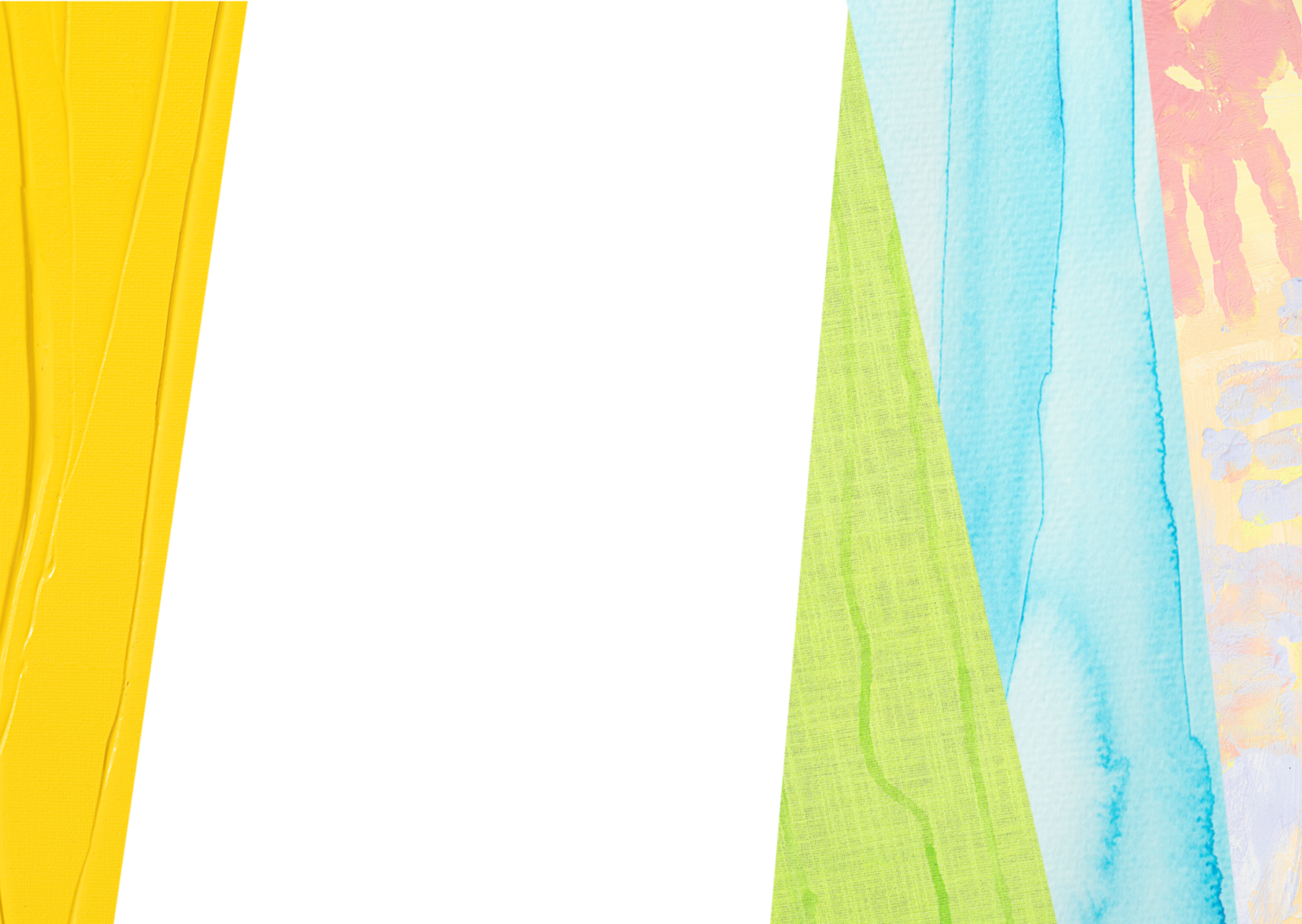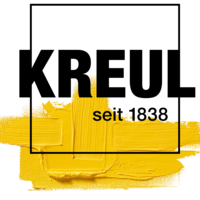
Colour of the Month: Brown
11/28/2022 |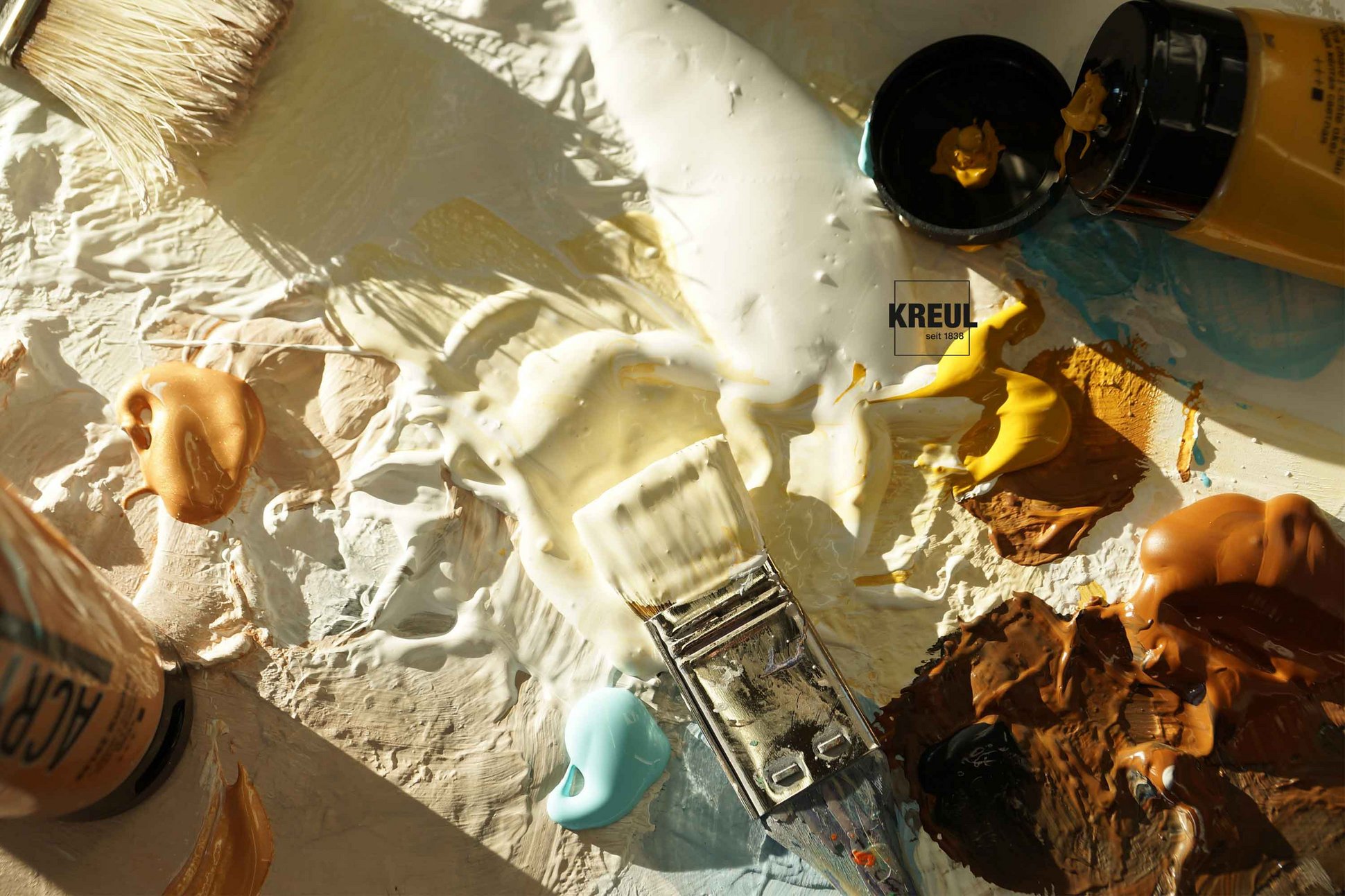
Brown in art: meaningful and enhancing
Colours made from natural earth pigments were among the first ever used by humans. Just think of the pre-historic cave paintings. For a long time in history, brown-dyed cloth was the the garb of the poor, who couldn't afford expensive, colourful dyes.
In art history, brown hues such as umbra and burnt sienna were used to enhance the effect of bright colours. Dark umbra makes other intense colours, such as bright red, glow. Artists like Paul Klee liked to use this effect to create dynamic colour contrasts. In the works of the old masters, light-dark contrasts are crucial to bring light into their pictures, and for this, artists often used dark brown hues. Let's try out this technique ourselves and use dark brown for shading.
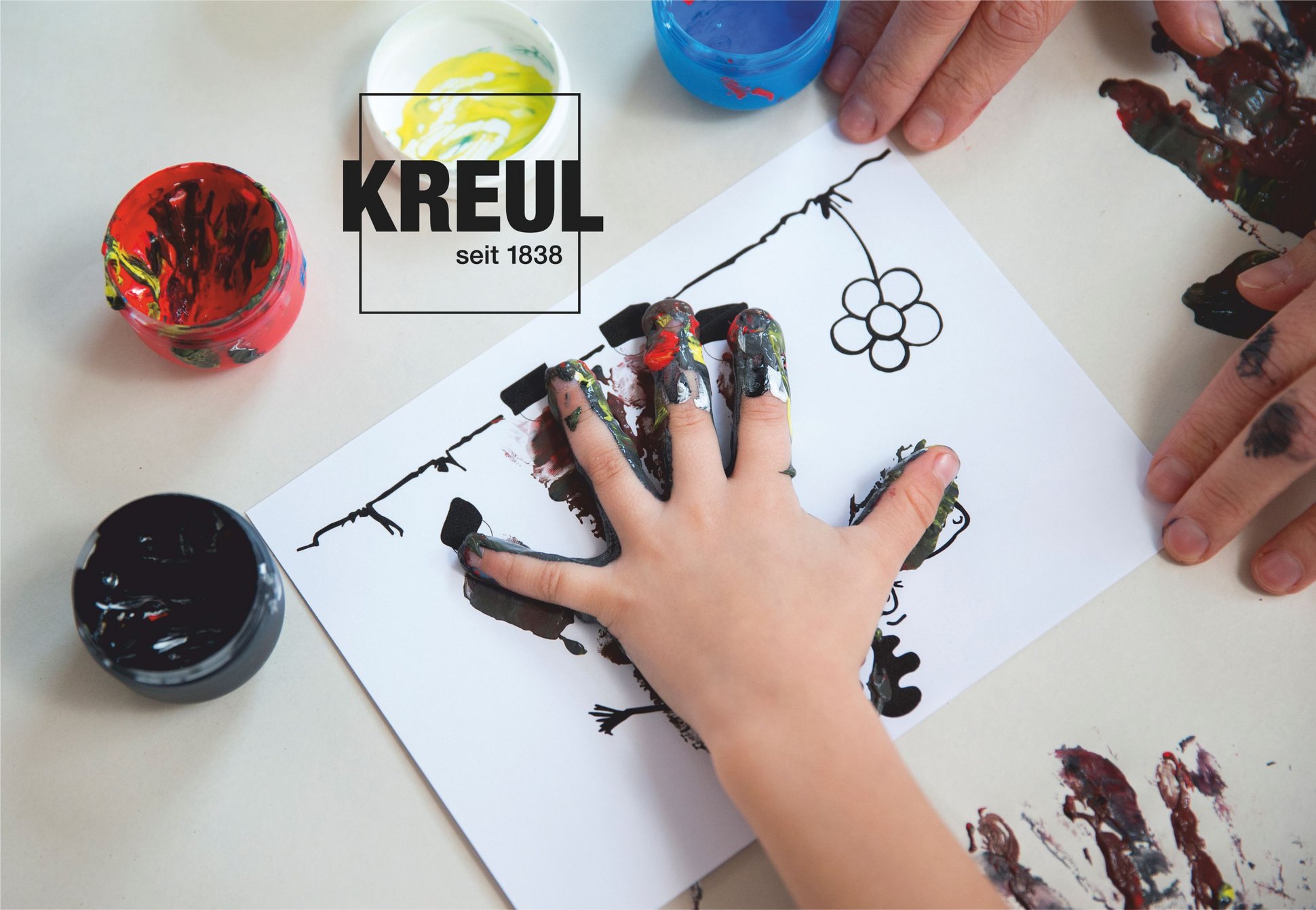
A multifaceted colour mixed from basic colours
How do you make brown yourself? In the colour circle, brown does not appear as a colour in its own right. Rather, it is classed as a dark shade of yellow and orange. Therefore, you can create brown by darkening orange with its complementary colour, blue.
Mixing other pairs of complementary colours, for example yellow and violet or red and green, also creates a brown hue. Equally, combining the primary colours yellow, red, and blue makes brown, as even young children know from experimenting with colours and paint. Depending on which colour component is dominant, your brown can appear reddish, yellowish, or bluish. Add white to create various natural-looking skin tones.
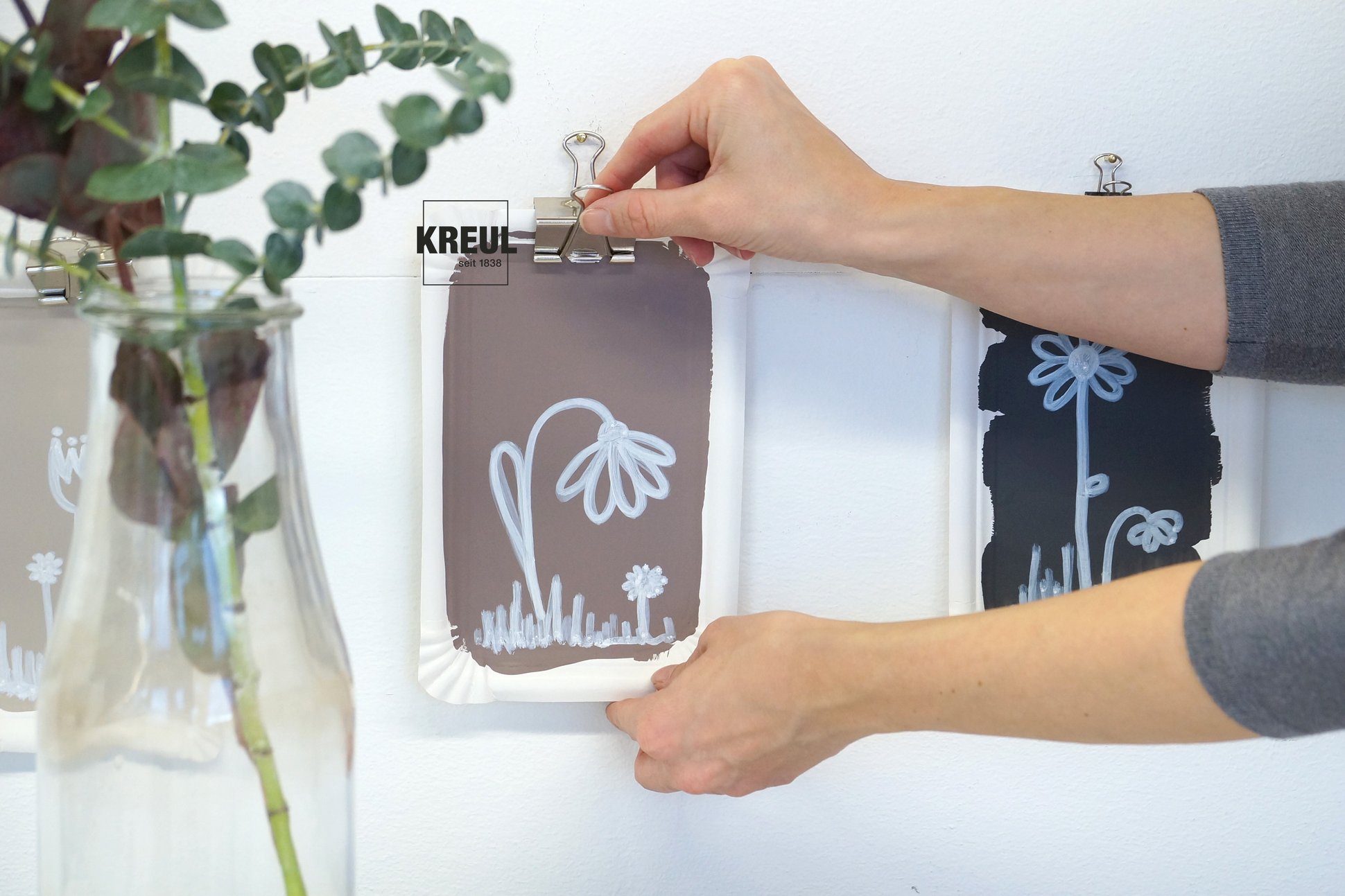
Brown: a subtle combination colour
With their earthy feel, browns symbolically represent nature. Thus, in design, they are predominantly used to create a natural atmosphere. Brown is a subtle and neutral colour and withdraws into the background. In contrast to grey, brown has a warm undertone. The combination of brown with neutral colours such as white is simply stunning: We love the interplay between the KREUL Chalky colours Mild Mocca and White. Together, the pair looks simple, but not too cool. Warm, light brown colours like KREUL Nature’s Loam look fresh and cheerful next to blues – a fantastic colour combination, reminding you of summer holidays at the beach.
